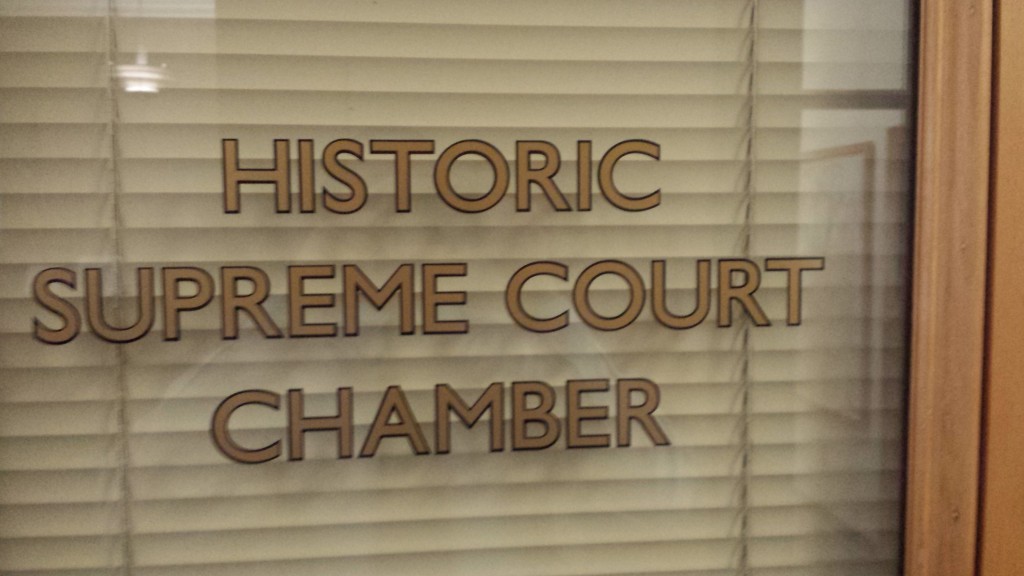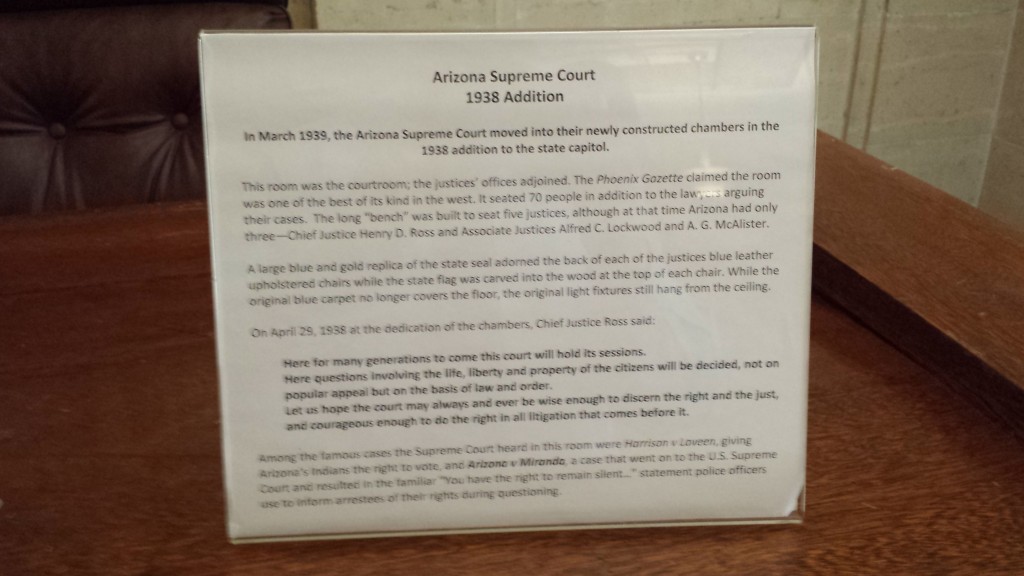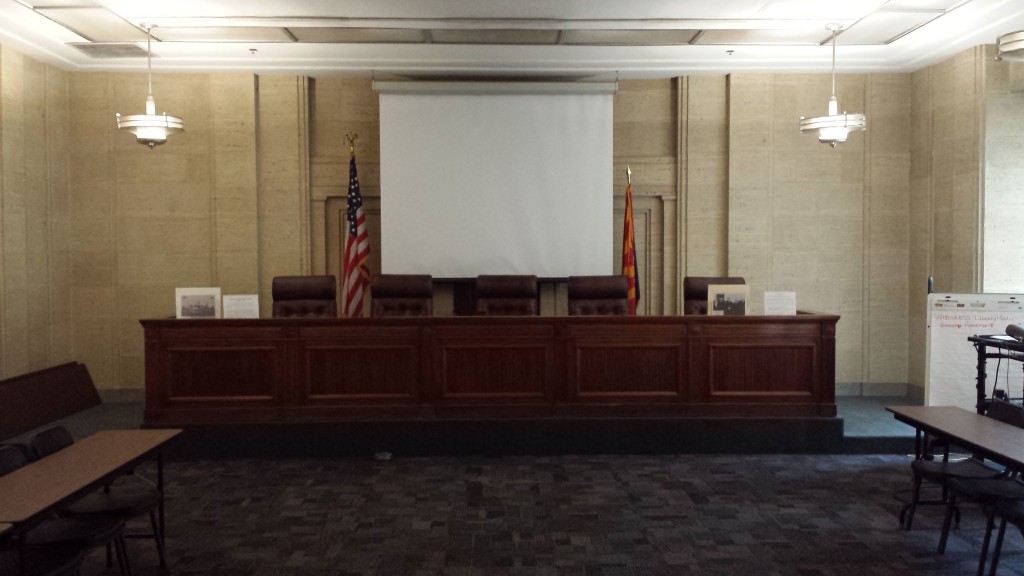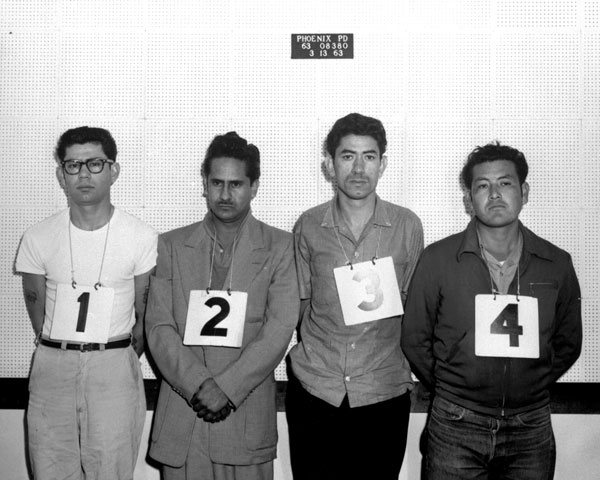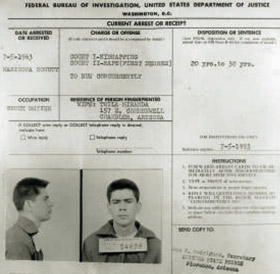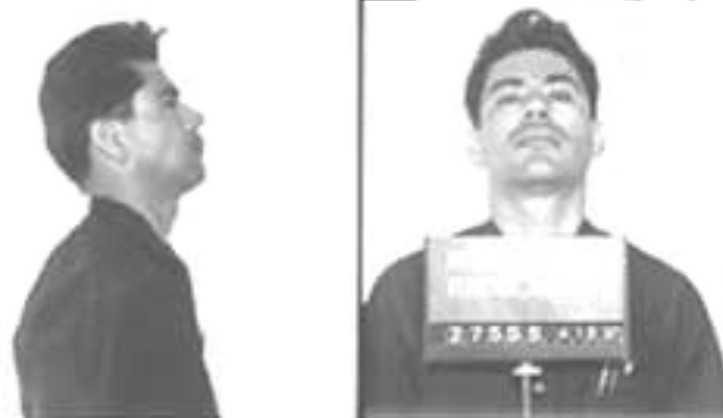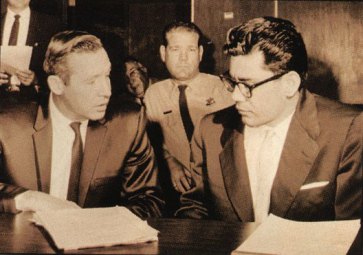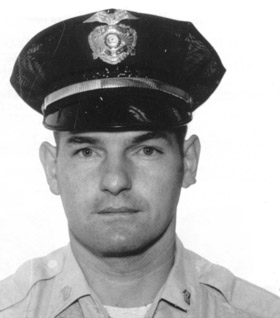In Youngstown Sheet & Tube Co. v. Sawyer, the United States government made representations to the Court that if the steel workers went on strike, there would be a significant impact on the war effort, and that Americans in theater would die. We all know how the case turned out. The Court ruled that Truman could not seize the steel mills. But do you know what happened afterwards? Minutes after Sawyer relinquished control of the mills, the steel workers went on strike. And they stayed on strike for 50 days (longer than the entire steel seizure litigation took!). In case you couldn’t tell, the war effort continued. It’s unclear if the generals knew that things wouldn’t be quite this bad. (As an aside, Truman could have sough to enjoin the strike through the Taft-Hartley Act, but did not want to punish labor. If things were that dire, he could’ve done that).
I asked my students, what are we to make of a government’s representations made during wartime? Let’s put aside Justice Jackson’s memorable framework of how closely we scrutinize an executive’s claim of powers in light of his conjunction or disjunction with Congress. What is the government’s track record about making accurate claims regarding national security during times of war?
In the present day, we know that James Clapper made misrepresentations (you can call them lies if you’d like) to Congress about the scope of the surveillance program. During the Bush Administration, officials routinely misled Congress about the scope of terrorism programs.
And of course, the grand-daddy of them all is Korematsu. As Adam Liptak notes in this recent column, the government flat out lied to the Supreme Court regarding the threat of Japanese Americans in the United States. Then-acting SG Neal Katyal issued a “Confession of Error” for the SG’s lies represented to the Court. All that is great 70 years later. But at the time, the Court relied on those positions.
So, my question is, how should the Courts trust arguments made by the government during wartime? I understand that understanding issues of national security is outside the expertise of the courts. However, the government’s track record of being fair and frank with the court, especially when troops are in theater, has been less-than-perfect.
